Scientific name Chromista Rank Kingdom | Higher classification Eukaryote | |
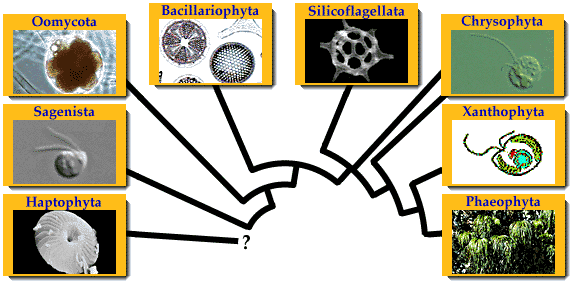 | ||
Lower classifications Phytomyxea, Cercozoa, Chlorarachniophyte, Cryptophycophyta | ||
Biology in 4 minutes chromista and ciliophora
The Chromista are a eukaryotic supergroup, probably polyphyletic, which may be treated as a separate kingdom or included among the Protista. They include all algae whose chloroplasts contain chlorophylls a and c, as well as various colorless forms that are closely related to them. These chloroplasts are surrounded by four membranes, and are believed to have been acquired from some red algae.
Contents
- Biology in 4 minutes chromista and ciliophora
- Chromista
- Groups
- Chromophyces Chadefaud 1950
- Chromophyta Christensen 1962 1989
- Chromophyta Bourrelly 1968
- Chromista Cavalier Smith 1981
- Chromalveolata Adl et al 2005
- Chromista Cavalier Smith 2010
- History and controversy
- References
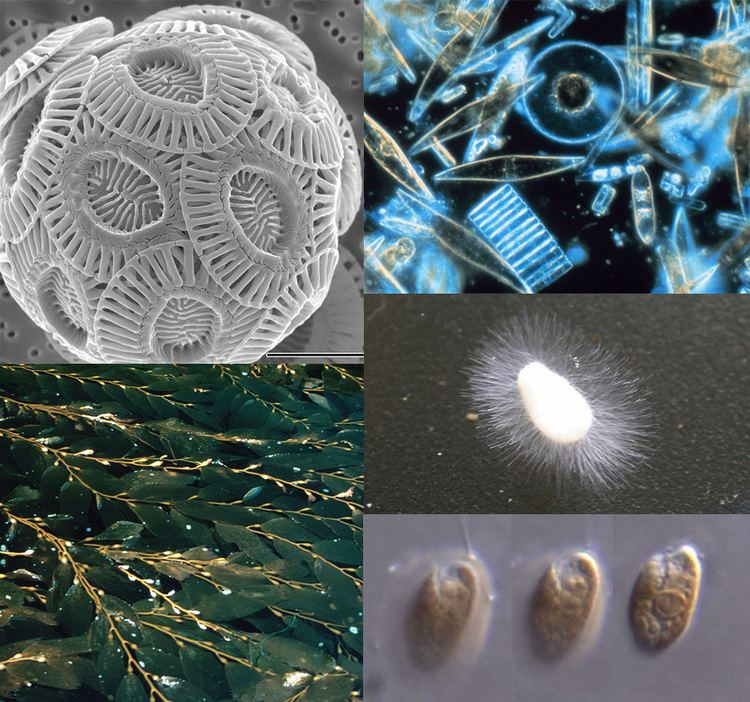
Chromista
Groups
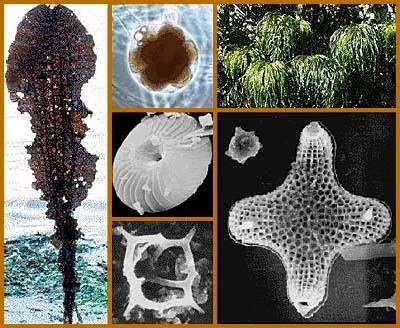
Chromista has been defined in different ways at different times. The name Chromista was first introduced by Cavalier-Smith in 1981; the earlier names Chromophyta, Chromobiota and Chromobionta correspond to roughly the same group.
It has been described as consisting of three different groups:
In 2010, Thomas Cavalier-Smith indicated his desire to move Alveolata, Rhizaria and Heliozoa into Chromista.
Some examples of classification of the Chromista and related groups are shown below.
Chromophycées (Chadefaud, 1950)
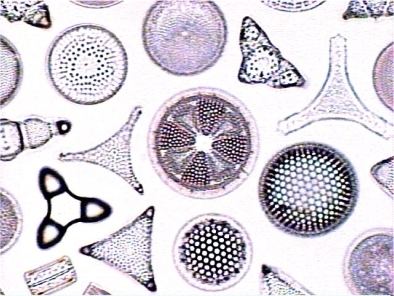
The Chromophycées (Chadefaud, 1950), renamed Chromophycota (Chadefaud, 1960), included the current Ochrophyta (autotrophic Stramenopiles), Haptophyta (included in Chrysophyceae until Christensen, 1962), Cryptophyta, Dinophyta, Euglenophyceae and Choanoflagellida (included in Chrysophyceae until Hibberd, 1975).
Chromophyta (Christensen 1962, 1989)
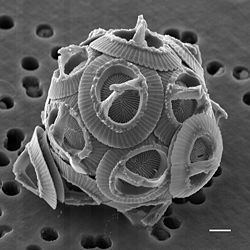
The Chromophyta (Christensen 1962, 1989), defined as algae with chlorophyll c, included the current Ochrophyta (autotrophic Stramenopiles), Haptophyta, Cryptophyta, Dinophyta and Choanoflagellida. The Euglenophyceae were transferred to the Chlorophyta.
Chromophyta (Bourrelly, 1968)
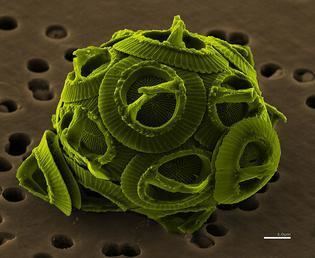
The Chromophyta (Bourrelly, 1968) included the current Ochrophyta (autotrophic Stramenopiles), Haptophyta and Choanoflagellida. The Cryptophyceae and the Dinophyceae were part of Pyrrhophyta (= Dinophyta).
Chromista (Cavalier-Smith, 1981)
The Chromista (Cavalier-Smith, 1981) included the current Stramenopiles, Haptophyta and Cryptophyta.
Chromalveolata (Adl et al., 2005)
The Chromalveolata (Cavalier-Smith, 1981) included Stramenopiles, Haptophyta, Cryptophyta and Alveolata.
Chromista (Cavalier-Smith, 2010)
The Chromista (Cavalier-Smith, 2010) included Harosa (Stramenopiles, Alveolata and Rhizaria) and Hacrobia (Haptophyta, Cryptophyta and centrohelid Heliozoa).
History and controversy
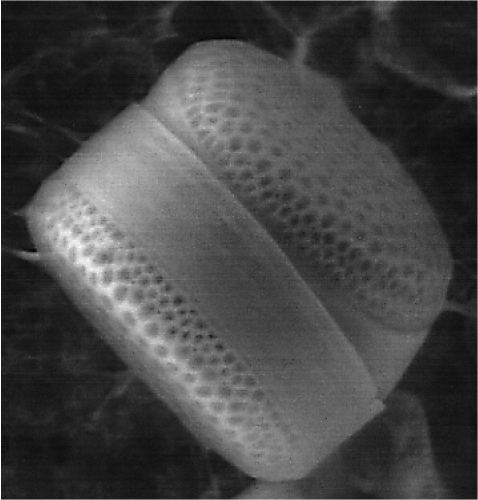
Molecular trees have had some difficulty resolving relationships between the different groups. All three may share a common ancestor with the alveolates (see chromalveolates), but there is evidence that suggests that the haptophytes and cryptomonads do not belong together with the heterokonts.
